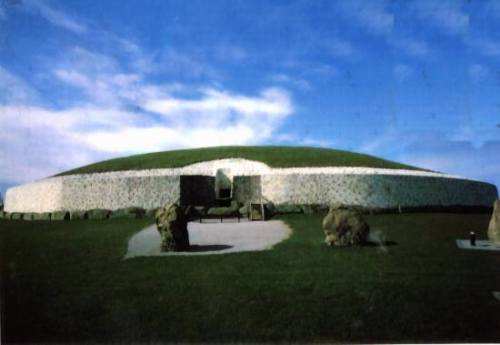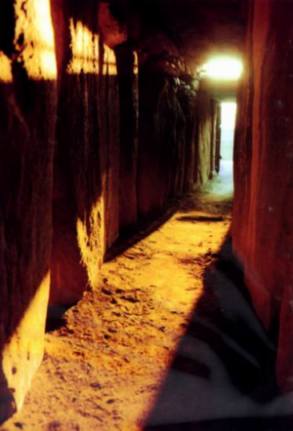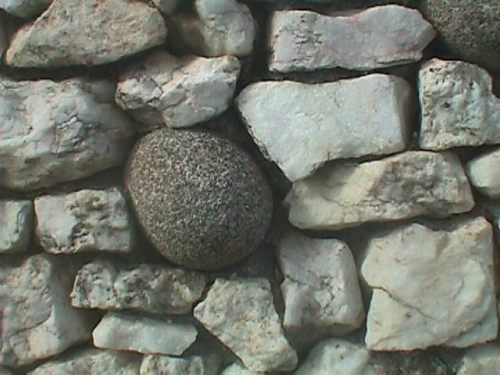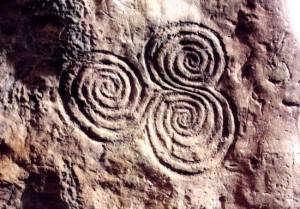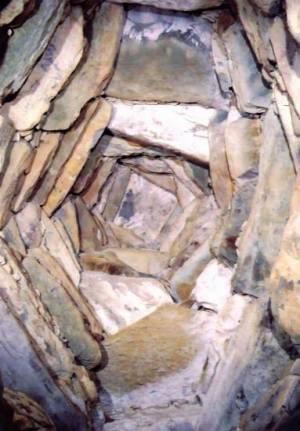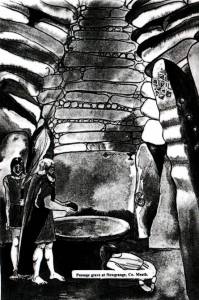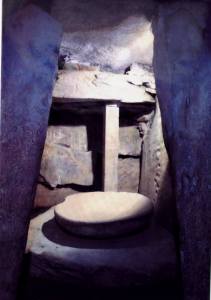This is a Passage Tomb at Newgrange in County Meath. It is called this because it has a long passage. It was built around 3000 B.C. and the passage is covered with a mound made from water rolled pebbles. It is shaped in a circle which is 80 metres in diameter. The height is 15 metres and the passage is 19 metres long. Many of the big stones have carvings on them.
Did you know...
Did you know...
- This passage tomb was built 5,000 years ago
- There are many tombs in France similar to Newgrange but not as good.
- Archaeologists think that the people who built Newgrange Passage Tomb came from France
